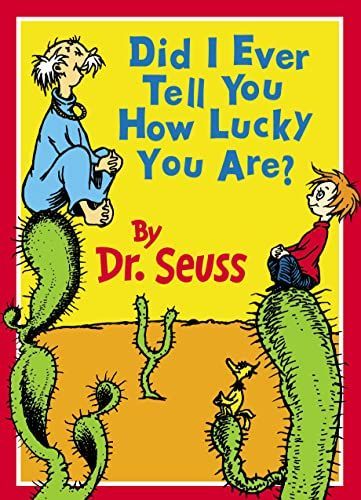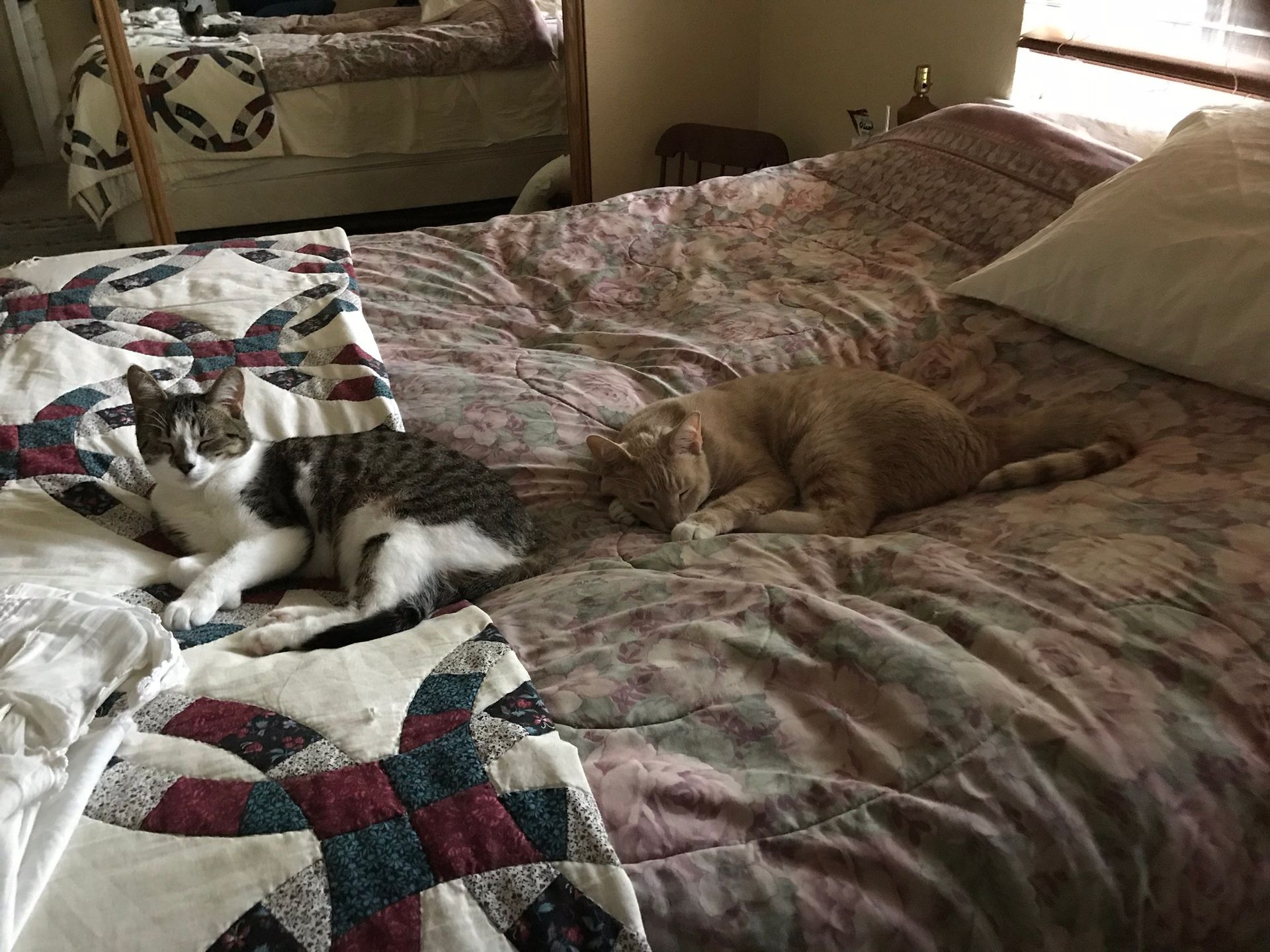COTTAGE INK PUBLISHING
"Fill your paper with the breathings of your heart." William Wordsworth
Carrie Pepper has been a freelance writer for 20+ years. Her articles have appeared in Entrepreneur, Spirit of Aloha, Globe-Fearon Educational Publishers, Richmond Surroundings, Health and Fitness Magazine and more. She has published stories for HCI Books (Chicken Soup for the Soul).
She is a member of the American Society of Journalists & Authors.
Books to date:
MISSING ON HILL 700
In progress:
WEARING HOPE: Until They Return
Rocky's Road: Lessons from a Tabby
Cottage Ink would love to assist with your writing needs. Whether that be:
Editing
Want to write a book but not sure where or how to start? Let's schedule a consultation!
To purchase books, (discounts for veteran's organizations) or book Carrie for a speaking engagement, you can reach her at:
Phone : (916) 342-5668
Email:
carriesuepepper@gmail.com

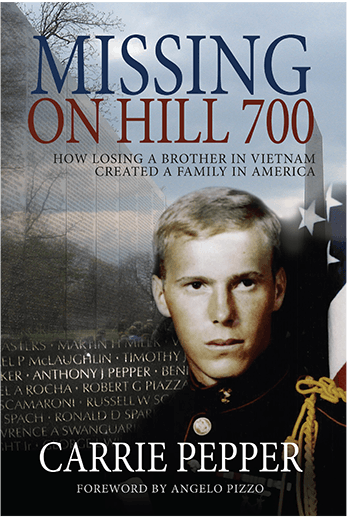
“Carrie Pepper’s MISSING ON HILL 700 is first and foremost an unsparing memoir about the lifelong search for an older brother, lost to the author at age thirteen, who went missing in action during the Vietnam War.
What makes this book truly extraordinary, however—distinguishing it from the easy categorization of history or autobiography—is the author’s indomitable spirit. In these pages you will find a timeless meditation on faith that recalls the Prayer of St. Francis of Assisi: how one woman found gratitude in tragedy, created community out of loss, and nurtured hope in the shadow of grief. A must-read whose beauty lies in its universality and spiritual power.”
- Daniel Ehrenhaft, Edgar-Award winning and bestselling author
Little House Blog
Carrie Pepper
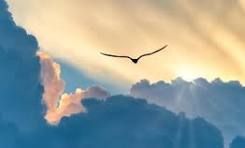
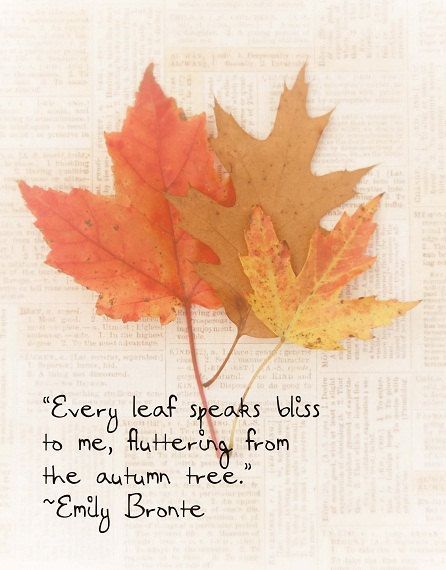

About Carrie Pepper
- Dream Boards
Setting goals oftentimes brings up a bit of trepidation and fear. What if I set these goals and they don’t come to fruition? What if I don’t make it? What if I dream and write down those dreams, but they just don’t come true? Goals need to follow the “SMART” rule, meaning, they should be: Specific, Measurable, Attainable, Realistic and Timely. Just thinking about all those areas seems a bit scary. A dream board on the other hand, can be a great way to start.
Just what is a dream board and how do you go about making one? This is the fun part about goal setting – you can dream big, get creative, cut out photos of your favorite houses, vacation spots, animals, cars – whatever comes to mind when you think of your perfect life. Grab a pair of scissors, some paste (or push pins or tape) and get started this minute!
I wasn’t all that keen on dream boards until I listened to a story of a colleague and her dream board. This is how she explained it: She was sitting at her desk, gazing out the window at the ocean, when she just happened to fix her eyes on her dream board. It was sitting right next to the window. On the board was a photograph of the exact view she was seeing from her very own window! The photo and the view were so remarkably alike that it took her by surprise! She also said that she’d always ridden black horses and thought it was rather odd that no matter where she’d go to ride, or rent a horse, it was always a black one. Then, she went back and looked at her board. You got it – there was a black horse there! Since she’d always dreamed of having a white horse, she switched the picture to a white mare. Very shortly afterward, she found the horse she now owns and rides down that beach. Yes, she’s white.
After hearing that story, I knew the power behind dream boards was real.
Let's get YOUR Dream Board started! Get your dreams out of the closet, out of their box, out of your heart – wherever you’ve buried them – and put them up there in front of you in full color for you (and everyone else) to see each and every day. Make them vivid and as specific as possible.
Reach out to me at carriesuepepper@gmail.com for tips on getting started, and remember,
DREAM BIG!
- For Hire
The words “for hire” bring to mind many thoughts. I spent many a year as an “employee,” working for others, loathing the structure, the breaks at precisely 9:00 and 3:00, lunch always at high noon. At each and every opportunity, I would leave the building in which I worked and quickly make my way to the courtyard. There, I would sit in the sun for my allowed time, among huge planters of sweet, blooming jasmine, continually formulating plans. Plans of how I would escape and create income on my own time, with my own rules. Little did I know, I had that opportunity at my fingertips – literally – all the time. So, to me, “for hire” means I am here to create wonderful things with words. I will put all my energies into creating the perfect piece, ferret out ideas and photos, dig, network, research, until I get just the right piece of information to make a piece of writing the best I can make it.
I put no boundaries on my abilities, but prefer to stay away from highly technical writing. I can, however turn technical jargon into more easily understandable language.
These are some of the projects I have done, and some I am working on currently. They are only what I have done. What I am capable of, is, I believe, limitless:
Freelance articles
Business letters
Testimonials (for web content)
Short stories (non-fiction)
Short stories (fiction)
Resumes
Memoirs
Editing
Other (open to new projects)
To quote other believers:
“Everything you can imagine is real.” (Pablo Picasso)
“I am enough of an artist to draw freely upon my imagination. Imagination is more important than knowledge. Knowledge is limited. Imagination encircles the world.” (Albert Einstein)
“Think left and think right and think low and think high. Oh, the thinks you can think up if only you try!” (Dr. Seuss)
- Memoirs
Spit Shine
That flimsy metal cabinet with its faded yellow paint, stood up there in the bathroom. His bathroom. It held all kinds of things, hidden away from view, things I’d never seen before. The door stuck and when you’d pull hard, it nearly toppled over. The linoleum was cool under my bare feet the morning I went in after my father had left for work. The mirror still steamed over, Old Spice hung in the air. My mother had said I could take a bath in his tub today, the big one, with the legs. You could fill it up so deep that you could get in clear up to your neck. She left a fluffy white towel over the edge for me, the little electric heater glowing in the corner. Don’t touch the heater while you’re wet she’d always say. I’m glad I never found out why.
While water gushed into the big, heavy tub, I stood on the edge and opened the cabinet. It rocked a little, and inside, I could hear things – bottles and cans clinking together. From up there I could see onto the very top shelf. I’d never seen way up there before. His special bottle of aftershave was there, the one that smelled like spruce trees. He wore it only at Christmastime. And there, wrapped in a white handkerchief was my dolly’s arm. The day it had been torn off, he’d wiped my tears away with a white hanky and said he’d rush her straight to the doll hospital and that they’d stitch her up in no time. Way back in the corner was a little wrinkled photograph. At first, I thought it was my mother, but when I leaned in close, I saw it was another lady. She was very pretty, I though, in her riding habit. And, yes, that was my Daddy standing beside her, holding the reins. He was smiling. I never saw him look that happy in photos with my mother – ever. I remember stories of Australia during the war, and vaguely recall her name as Nancy. There were horses in the story, too, – Barney and Bill. In fact, his little Australian show saddle sits quietly in a corner of my living room today, its smooth brown leather and brass conches holding onto secrets of long ago.
There were letters, too. All the letters to Santa I’d mailed right up there behind bottles of brown Kiwi shoe polish. The only address, printed neatly in purple Crayon: Santa Claus, North Pole. I’d always gotten every last thing on all my lists.
Oh, the way he’d polish our shoes in that bathroom – always with the door shut. And leave them sitting in the hall, smartly paired together, gleaming with so much more luster than we could ever achieve. He’d always put a shiny new dime in the slot of our penny-loafers. We thought he must have a secret, some special polish; he’d never let on. Now, as I dash a few drops of water from the faucet onto my own son’s boots and buff it into the leather with the same soft, wood-handled brush he’d used, I can hear the water trickling oh, so faintly, into the basin behind that closed door.
- My Work
Oakland’s Redwood Retreat
Joaquin Miller Park, Oakland, California – includes related article on nature camp
“The Oakland Hills, being exposed immediately to the influences of the sea winds and fogs, once bore a group of redwood trees . . .” (Written in 1893 by naturalist Dr. William Gibbons)
So gigantic were those redwoods that mariners steered by them, lining up their ships with the tallest two–from 16 miles out–as they navigated through the Golden Gate.
For generations the San Antonio Redwoods, a small grove in the East Bay redwood forest, stood in noble splendor on these hills above the sea. Some towered over 300 feet. An overwhelming demand for lumber to build the cities of San Francisco and Oakland between 1850 and 1860 drove prices upward, and away to the woods with their mighty axes went many a fortune hunter. By 1860, all the giant trees had been cut.
The original forest of coastal redwoods (Sequoia sempervirens) covered an area of about five square miles extending from the western slopes of East Oakland to Moraga Valley. Reforestation was unheard of in that day and age, but these persistent stump-sprouters got things going on their own. Today the second and third generations of San Antonio redwoods grow protected in a lush 500-acre urban forest known as Joaquin Miller Park.
A redwood forest in Oakland? It is indeed a wondrous thing to look down upon a city of nearly 400,000 people from a vantage point of cool, green, sweet forest. In this peaceful retreat stretching across the hills that overlook the Bay, city dwellers may escape from concrete to soft footpaths.
The park grew out of one man’s dream. Joaquin Miller, who became known as “The Byron of the Rockies” and “The Poet of the Sierra” for his extensive literary works, came to California around 1850. Dabbling in occupations from Indian fighter to pony-express rider to author to horse thief, he also was a tree lover and planter.
In 1886, Miller purchased 70 barren acres in the hills above Oakland. Then he planted trees–75,000 of them. The Oakland Parks Department bought this land from Miller in 1919, with the provision that his wife and daughter could live out their lives in homes he’d built for them there.
Later, in 1928, nearby land was being eyed by developers, but action by the Save-the-Redwoods League helped to protect these trees, and the land was later purchased by the City of Oakland. This acreage, together with Miller’s original property and nearby Sequoia Park, comprise Joaquin Miller Park today.
Miller envisioned his land as a retreat to nurture his creative spirit. While living in his small home at the foot of the park, he wrote articles on the worth of trees, to inspire public interest in planting. These writings resulted in California’s first Arbor Day, November 27, 1886.
Miller planted the original 70 acres in Monterey pine, cypress, olive, and, reportedly, the first eucalyptus trees in California. Today’s tree plantings in Joaquin Miller Park, which is owned and operated by Oakland’s Office of Parks and Recreation, involve many national, state, and civil organizations. They include the Sierra Club, California Writer’s Club, California Conservation Corps, East Bay Conservation Corps, and the 415 Society.
Since 1980, a project to replace non-native eucalyptus with redwoods has gained much support from organizations such as the Save-the-Redwoods League and Health Net, a California health-insurance company. Grants from both groups are helping with the purchase of seedlings, plantings, and drip-irrigation installation. Each year, four acres of eucalyptus come out and 100 redwood seedlings per acre are planted in their place.
Why all the fuss? Well, the oil in eucalyptus leaves makes them highly flammable, and the trees’ shedding builds up a huge layer of tinder-dry litter. Redwoods, on the other hand, have a high moisture content that discourages fires.
“The eucalyptus create a fire hazard for the cities in the East Bay,” says John Dewitt, executive director of Save-the-Redwoods.
Few of today’s residents remember the fire of 1923, when a power line fell on eucalyptus trees in Tildon Park, to the south of Joaquin Miller Park, setting off the worst blaze since the one associated with the 1906 San Francisco earthquake.
Martin Matarrese, parkland resources supervisor, says the main focus of the program is to remove the largest block of eucalyptus, growing in the fog belt along the upper end of Miller park only about a mile from the largest native redwoods. (The theory is that the redwood groves may have been much larger during prehistoric times, when a moister climate could better support them.)
To wander through this park among the cool, foggy redwoods and madrone and coast live oak, high above the city of Oakland, is to know why Joaquin Miller was inspired to write here. Did he know the peacefulness his forest would later bring? Perhaps. When Miller Park’s redwoods reach the climax stage centuries from today, will ships entering the Golden Gate still recognize them as sentinels?
Carrie Pepper, American Forests Magazine


